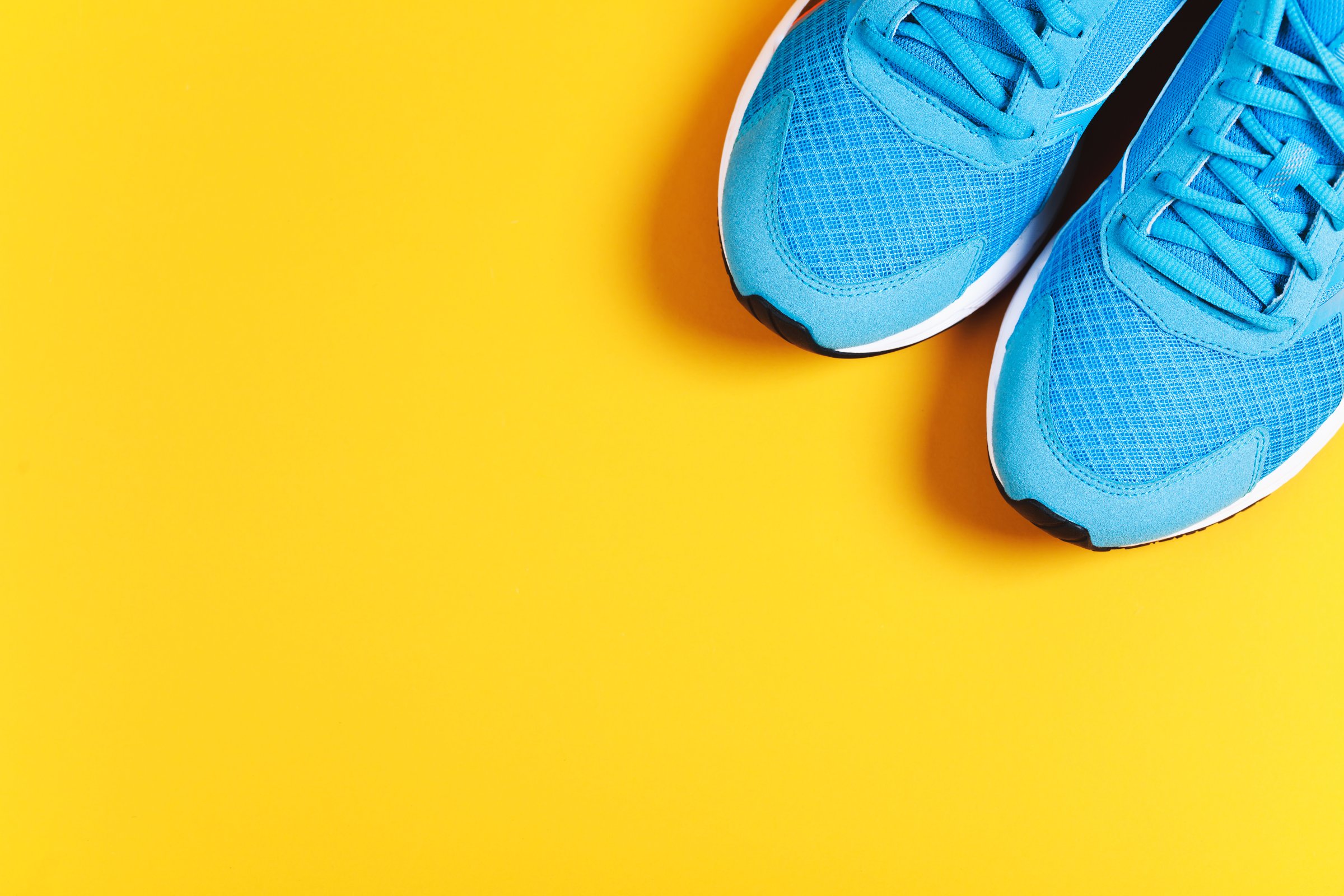
Compression tights are the latest in athletic performance wear, and some runners swear they improve their performance by helping them to run longer, faster and even recover more quickly with less soreness. But does science back up those beliefs?
In a study presented at the American College of Sports Medicine’s annual meeting, researchers put the latest compression-wear to the test. In a study funded by Nike, Ajit Chaudhari, from the physical therapy department at Ohio State University, and his colleagues tested two prototype compression tights provided by the company. Nearly 20 experienced male distance runners agreed to run at nearly their maximum ability wearing three different outfits: running shorts, low-compression tights and high-compression tights. The high-compression gear was the most compression allowed before being classified as a medical device (which is how some compression socks designed to treat circulation conditions are categorized.)
MORE: You Asked: Does Compression Gear Really Work?
Because compression tights are supposed to keep muscles from vibrating too much—the oscillation is what experts believe causes muscle fatigue and damage to fibers—Chaudhari also measured how much vibration the runners’ leg muscles experienced by using special reflectors that could record even the smallest movements. To see how the different outfits affected the runners’ performance, the researchers also measured the strength of leg muscles and asked the runners to jump as high as they could before and after the 30-minute run.
It turns out that there were no changes in the runners’ jump height or strength whether they wore the running shorts, the low-compression or the high-compression tights. “What we found, when we tested them after a 30-minute high intensity run, was that we don’t see any real effects of the compression tights,” says Chaudhari. “I would say that it’s one strike against expecting improvement in performance from compression tights. We don’t see any evidence that they result in improvement in performance, so for someone who is wearing the tights specifically to try to improve performance, I’d say there isn’t any evidence that they are worth the time or money.”
MORE: Why You’re Not Seeing Results When You Exercise
In a statement, Nike said: “Our goal is to better understand all aspects of human performance. The effect of compression products on performance is one of many areas we study and an area that is often studied by other researchers. The Ohio State University study, which focused on 17 athletes for up to 30 minutes per athlete, produced an interesting data point that delivered an additional perspective on the study of compression tights. Our role is to take athlete feedback and data from studies like this to develop world-class products for athletes at every level.”
Muscle fatigue is one of the major drivers of injury. As their muscles get tired, runners tend to lose their form, and that’s when joints and muscles get misaligned and injuries can occur. Compression tights were thought to stave off that fatigue by keeping vibrations to a minimum, but that theory hadn’t really been tested.
These latest results suggest that compression tights may not be the answer to reducing fatigue. Chaudhari did document that the compression reduced vibration of the muscles; it’s just not clear that the reduction in vibration had any effect on fatigue. It’s possible, he says, that the 30 minutes of intense running wasn’t enough to bring the muscles in these experienced runners to the tiring point. But that’s unlikely, since the runners did start to breathe more heavily and experience faster heart rates, which indicated they were working harder. (Some of the runners couldn’t run for the entire 30 minutes at the heightened intensity.)
There may also be other reasons why people prefer compression tights. For some runners, the extra support helps them run longer or feel more comfortable, and that’s important to performance. They may also keep the legs warm, which some runners prefer.
“If they make you comfortable, they could help you run further,” Chaudhari says. “But if somebody is thinking, ‘gosh, I need to set personal records and I’ll use the tights because I believe they will help my performance,’ you have to go in knowing that it’s kind of a shot in the dark.”
More Must-Reads from TIME
- Donald Trump Is TIME's 2024 Person of the Year
- Why We Chose Trump as Person of the Year
- Is Intermittent Fasting Good or Bad for You?
- The 100 Must-Read Books of 2024
- The 20 Best Christmas TV Episodes
- Column: If Optimism Feels Ridiculous Now, Try Hope
- The Future of Climate Action Is Trade Policy
- Merle Bombardieri Is Helping People Make the Baby Decision
Contact us at letters@time.com